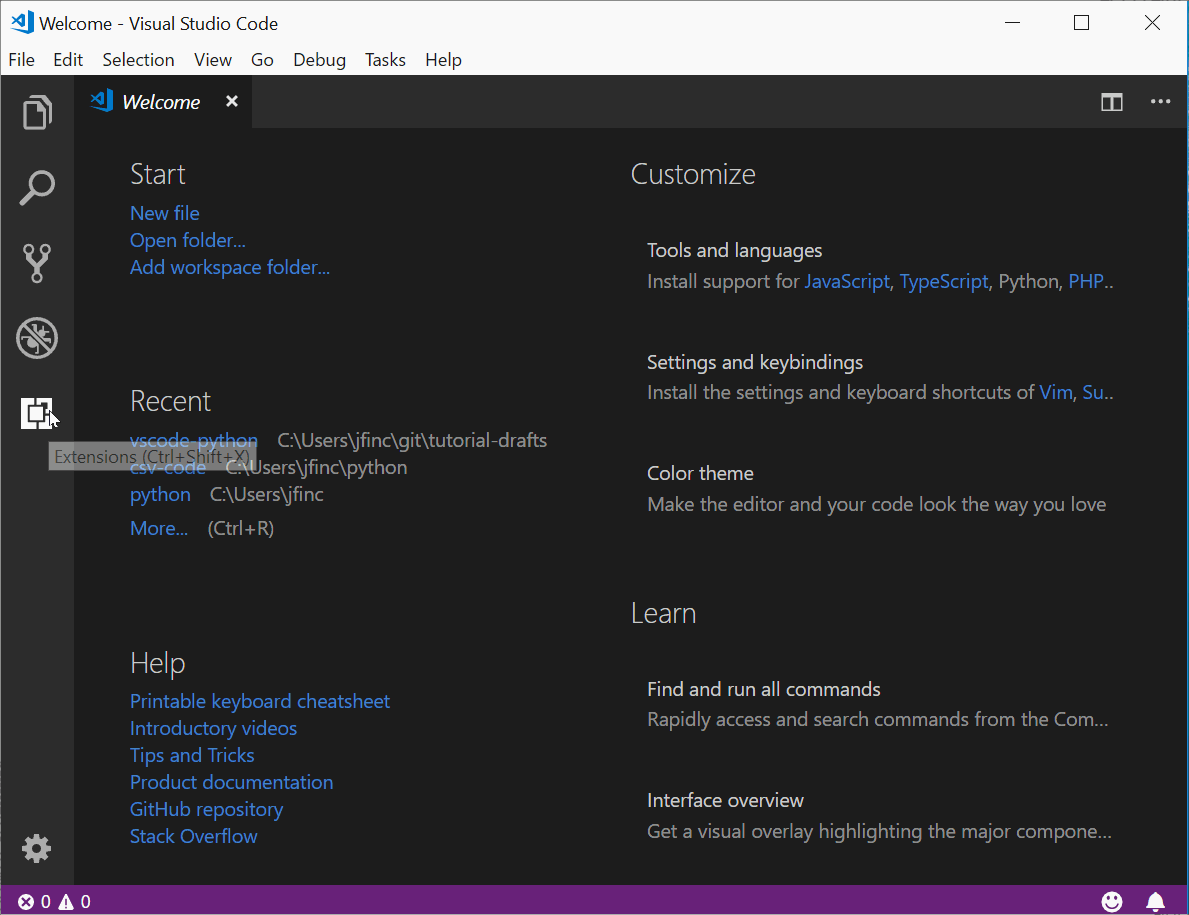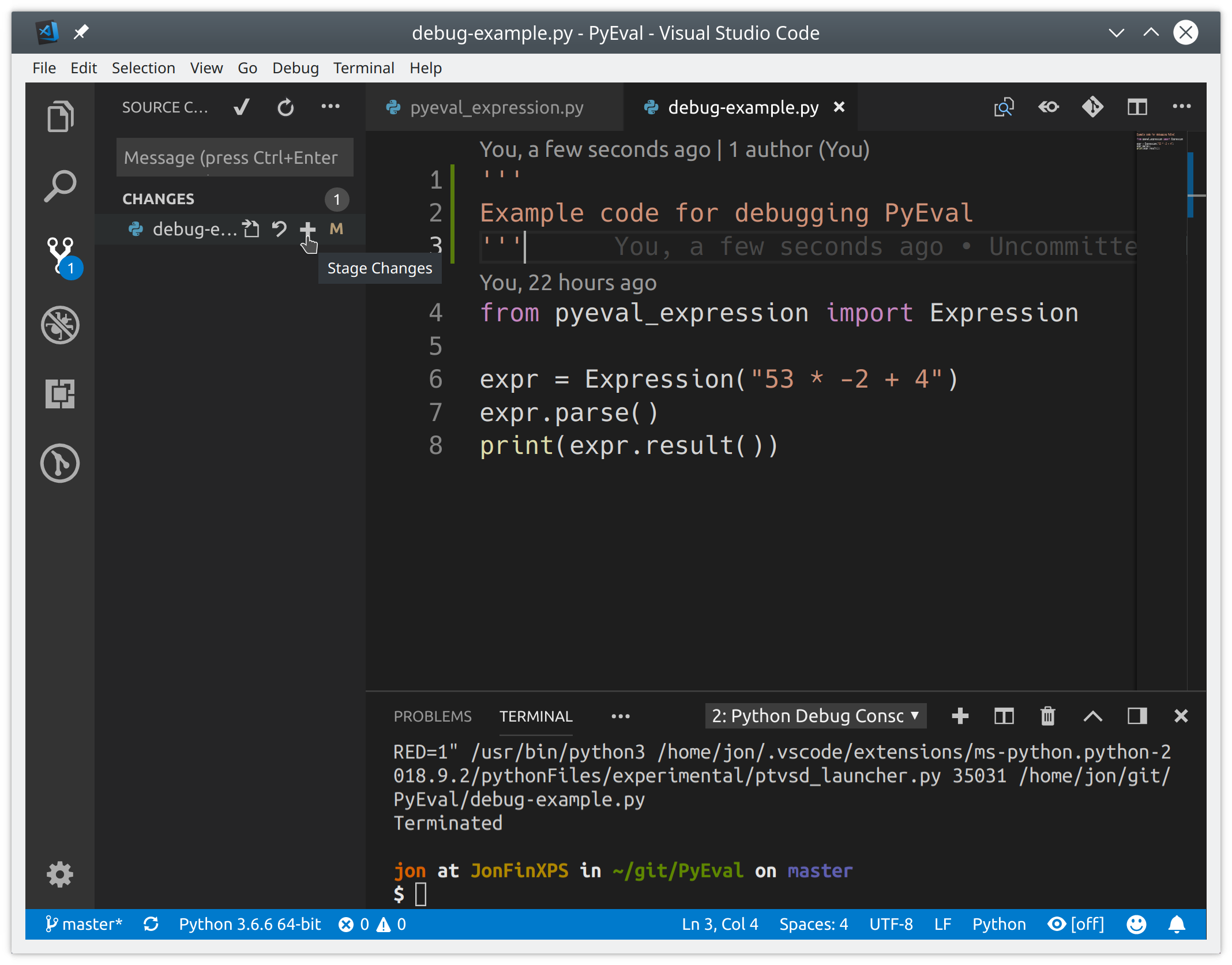

The user experience will feel cleaner, intelligent, and action oriented.ĭevelopment teams have become more geographically dispersed than ever. For the first time ever, Visual Studio will be 64-bit. The next major release of Visual Studio will be faster, more approachable, and more lightweight, designed for both learners and those building industrial scale solutions. I have exciting news-the first public preview of Visual Studio 2022 will be released this summer. If you’re using the Tower Git client, you’ll find the operations described above conveniently available in the GUI.All of our product development begins and ends with you-whether you posted on Developer Community, filled out a survey, sent us feedback, or took part in a customer study, thank you for helping to continue to steer the product roadmap for Visual Studio. The "-no-commit" option prevents the command from creating a new commit right away, instead allowing you to choose exactly which of the changes introduced in the old commit you want to revert in your new commit.

Following this, create your new commit as desired. To do this, run: $ git revert -no-commit Ībove, "" is the commit deleting the file. In this case, it is probably better to record a new commit which undoes the work of the one deleting the file. If you’ve already pushed your commit or commits to a remote, resetting and pushing again will cause problems, as the history of the local repository has essentially been rewritten. In the second case, checkout the file from one commit before that: $ git checkout ~1 - I deleted a file, committed and pushed In the first case, just checkout the file from that commit: $ git checkout. You can either work with the last commit that still had the file, or the commit that deleted the file. If you deleted a file, committed, then continued work and did more commits, only to find that deleting the file was a mistake, Git still has you covered! To find the right commit, first check the history for the deleted file: $ git log. (Note: this presumes you haven’t already pushed your commit to a remote - if you have, see “I deleted a file, committed, and pushed” below.) I committed the deletion and then I did more commits The file can then be restored as in the previous scenario): $ git reset -hard HEAD~1 You made a commit deleting a file, but then realized you wanted to keep the file around after all? Do a reset to go back to the state before your commit ( be careful: the "-hard" option means the command will discard changes to tracked files after the specified commit - you can also leave this option out in which case the file deletion will show up as an unstaged change along with any other changes you’ve made in your working tree. I deleted a file and committed the deletion This will work regardless of whether the deletion was staged or not. So you deleted a file, and immediately realized it was a mistake? This one is easy, just do: $ git checkout HEAD Let’s look at a few ways to restore a deleted file, depending on how convinced you were at the time that you really wanted the file to be deleted! I deleted a file but didn’t commit Short of deleting the entire repository directory (and not having a remote), few operations will result in a state where you’re unable to bring back a file. As long as you’ve committed your work in Git, actually losing a file should be quite rare.


 0 kommentar(er)
0 kommentar(er)
